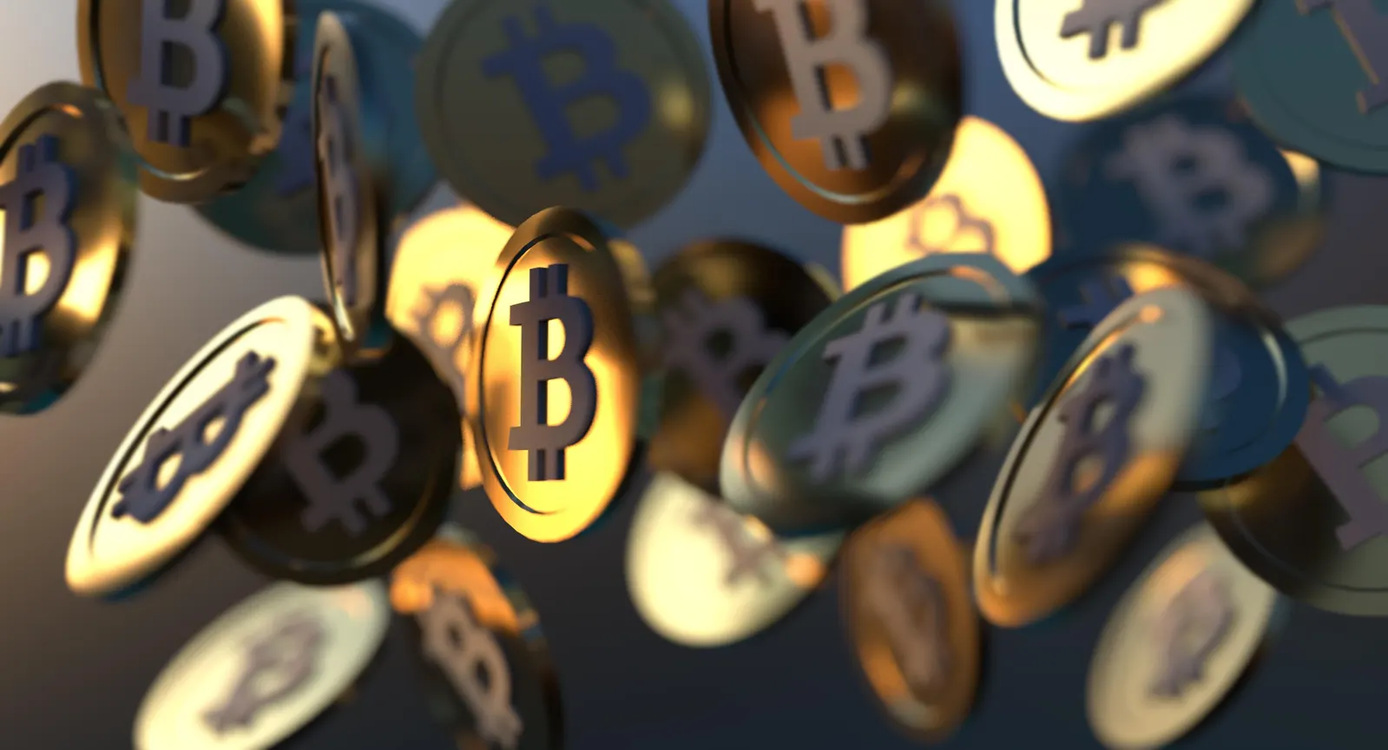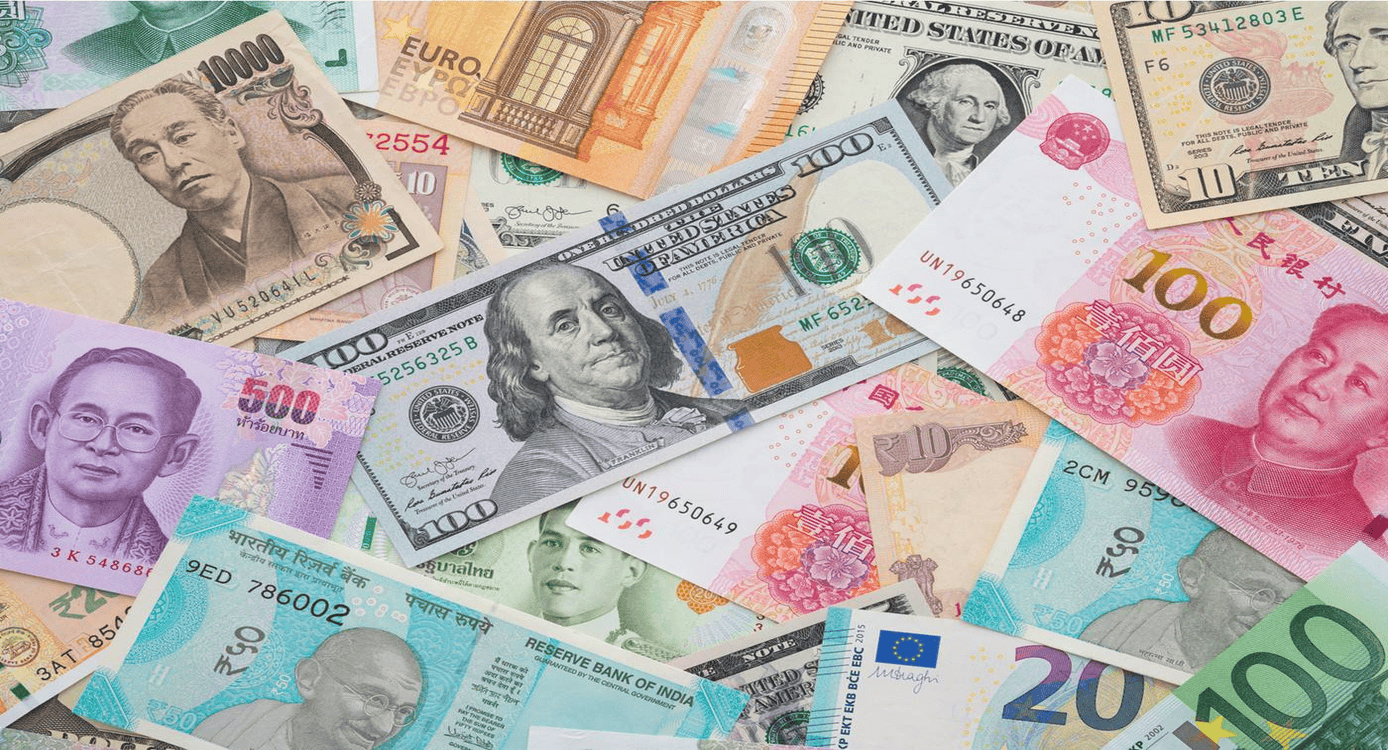News

The Unchangeable Truth: Why Bitcoin's 21 Million Supply Cap is a Fact
The Unchangeable Truth: Why Bitcoin's 21 Million Supply Cap is a Fact
If you recognized that "Bitcoin has a maximum supply limit of 21 million coins, which is enforced by its underlying code and cannot be changed" is a FACT, you understand what makes Bitcoin fundamentally different from traditional money. This isn't just a feature—it's the bedrock of Bitcoin's value proposition.
The Mathematical Foundation of Scarcity
Bitcoin's fixed supply isn't a suggestion or a policy that can be adjusted—it's mathematically enforced through several key mechanisms:
1. The Code is Law
- Bitcoin's source code contains an absolute limit of 21 million coins
- This limit is verified by every full node on the network
- Any attempt to create beyond this limit would be rejected by the network consensus
2. The Halving Mechanism
- Every 210,000 blocks (approximately 4 years), the block reward for miners is cut in half
- Started at 50 BTC per block in 2009
- Reduced to 3.125 BTC after the 2024 halving
- Will continue until the final bitcoin is mined around the year 2140
Why "Cannot Be Changed" is Technically Accurate
While theoretically possible to change Bitcoin's code, several factors make it practically impossible:
1. Network Consensus Requirement
- Changing the supply would require near-unanimous agreement from:
* Miners
* Node operators
* Exchanges
* Developers
* Users
2. Economic Incentives
- No rational participant would support increasing the supply
- Doing so would destroy Bitcoin's primary value proposition
- Early adopters and large holders have strong incentives to maintain scarcity
3. The Coordination Problem
- Getting global consensus among millions of users is practically impossible
- Even if some participants forked the code, the original chain would likely maintain dominance
Historical Context and Design Philosophy
Bitcoin's creator, Satoshi Nakamoto, embedded this scarcity for specific reasons:
- Digital Gold: Mimicking the scarcity of precious metals in digital form
- Inflation Protection: Creating a asset that can't be devalued by increased supply
- Predictable Monetary Policy: Unlike central banks that can print money arbitrarily
Common Misconceptions Debunked
1. "But what if we need more than 21 million?"
- Bitcoin is divisible to 8 decimal places (1 satoshi = 0.00000001 BTC)
- This creates 2.1 quadrillion individual units for global use
2. "Lost coins reduce the effective supply"
- While true, this doesn't change the maximum possible supply
- It only makes existing coins more scarce
3. "What about Bitcoin forks?"
- Forks like Bitcoin Cash create separate networks with their own rules
- They don't affect the original Bitcoin's supply limit
Real-World Implications
This fixed supply has profound consequences:
- Store of Value: Creates inherent scarcity similar to precious metals
- Anti-Fragile Money: Cannot be inflated away by political decisions
- Global Standard: Provides a predictable monetary base for the world
The Bottom Line
Bitcoin's 21 million supply cap isn't just a technical detail—it's a revolutionary monetary innovation. For the first time in history, we have a form of money whose supply cannot be manipulated by any government, company, or individual.
This mathematical certainty is what makes Bitcoin "digital gold" and potentially the soundest money ever created. By understanding this fact, you're not just learning about cryptocurrency—you're understanding a fundamental shift in how we think about money itself.

Get K8 Airdrop update!
Join our subscribers list to get latest news and updates about our promos delivered directly to your inbox.



